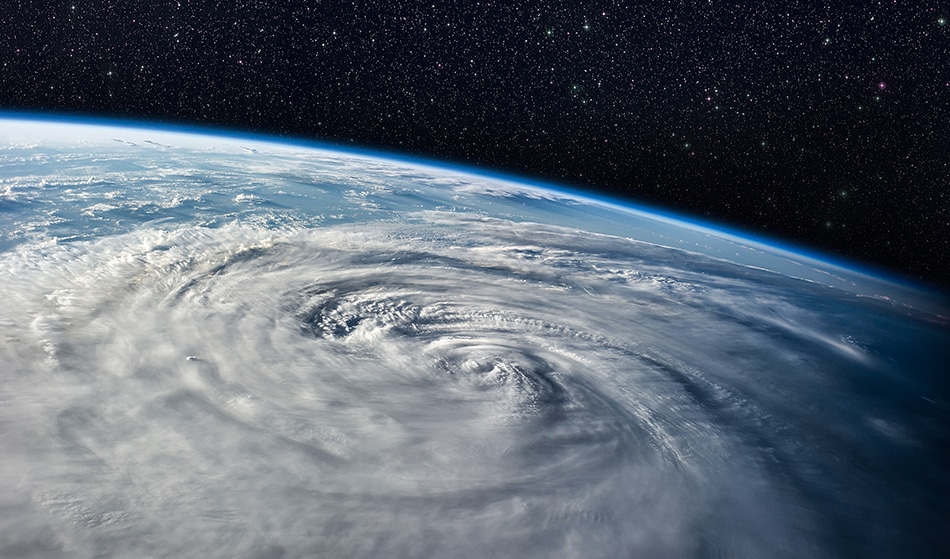
NASA images / Shutterstock
Space weather is as unpredictable as the weather here on Earth – we can forecast what the meteorological conditions are going to be like to a certain point, but beyond that, it's challenging to guess what it will be like.
Or is it? Professor Sandra Chapman from the Centre for Fusion, Space, and Astrophysics at the University of Warwick believes that historic space weather may help scientists understand and even predict what is to come in the future.
Earth's near‐space plasma environment is incredibly active, with its own personal space weather. The weather conditions in space can be problematic and hard to forecast: it can wreak havoc electronics and aviation along with satellite systems and communications. The level of disruption depends on the activity of the Sun – more solar activity means more solar flares and more extreme space weather on Earth.
The Sun and solar wind – drivers of space weather and the response seen here on Earth – have been constantly monitored by both ground and space-based observations over the last five solar cycles. A solar cycle is approximately 11 years, and during this time the number of sunspots rises to its greatest point, known as the solar maximum. The duration of each solar cycle varies as does the peak activity level; this is echoed in the behavior of key physical variables that depict solar and solar wind driving and magnetospheric response. As a result, the conditions of the Earth’s space weather varied at each solar maximum. Generally, the greater the activity, the more intense the weather we experience on Earth, but the more extreme events don’t occur as often, and it is, therefore, harder to build up a statistical picture of how likely they are to happen.
Chapman and her team have exposed an underlying repeatable pattern in how space weather changes with the solar cycle by recording the space weather in previous solar cycles across the last half-century.
“The variation in the statistical distributions of the F10.7 index of solar coronal radio emissions, the dynamic pressure PDyn and effective convection electric field Ey in the solar wind observed in situ upstream of Earth, the ring current index DST, and the high latitude auroral activity index AE, are tracked across the last five solar maxima,” the team wrote in Space Weather. “For each physical variable, we find that the distribution tail (the exceedances above a threshold) can be rescaled onto a single master distribution using the mean and variance specific to each solar maximum interval. We provide Generalized Pareto Distribution fits to the different master distributions for each of the variables.”
Analysis of such parameters revealed that certain characteristics of the space weather climate could, in fact, be reproduced and inferred from that of preceding solar maxima. Such a breakthrough will enable scientists to better understand and plan for space weather and any potential threats it may pose to Earth in the future.
We analyzed the last five solar maxima and found that although the overall likelihood of more extreme events varied from one solar maximum to another, there is an underlying pattern to their likelihood, which does not change. If this pattern persists into the next solar maximum, our research, which constrains how likely large events are, will allow better preparation for potential space weather threats to Earth.
Professor Sandra Chapman, Lead Author
The research - Reproducible aspects of the climate of space weather of the last five solar cycles - also demonstrates that space weather and the activity of the Sun are not completely random and may help to confine and predict how likely large weather events are in solar cycles in the future.
Disclaimer: The views expressed here are those of the author expressed in their private capacity and do not necessarily represent the views of AZoM.com Limited T/A AZoNetwork the owner and operator of this website. This disclaimer forms part of the Terms and conditions of use of this website.